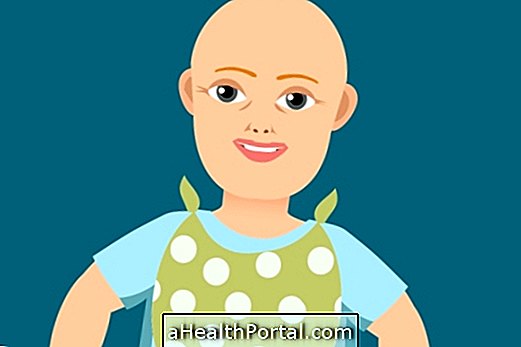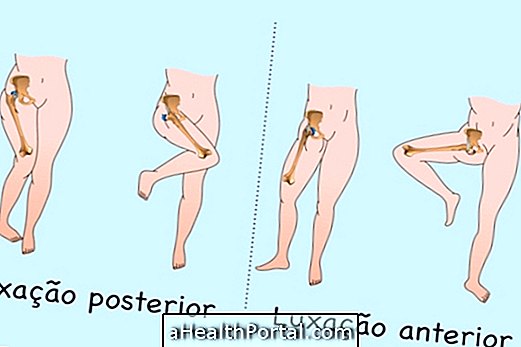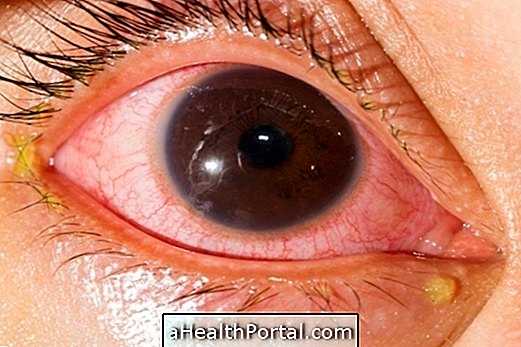The treatment for sacral agenesis, which is a malformation that causes delayed development of nerves in the final part of the spinal cord, is usually initiated during childhood and varies according to the symptoms and malformations presented by the child.
Generally, sacral agenesis can be identified soon after birth when the baby has leg changes or absence of the anus, for example, but in other cases it may take a few months or years until the first signs appear, which may include recurrent urinary tract infections, frequent constipation or faecal and urinary incontinence.
Thus, some of the most commonly used sacral agenesis treatments include:
- Obstipating medications, such as Loperamide, to reduce the frequency of fecal incontinence;
- Remedies for urinary incontinence, such as Solifenacin Succinate or oxybutynin hydrochloride, to relax the bladder and strengthen the sphincter, decreasing episodes of urinary incontinence;
- Physical therapy to strengthen the pelvic muscles and prevent incontinence and to strengthen the muscles of the legs, especially in cases of decreased strength and tenderness in the lower limbs;
- Surgery to treat some malformations, such as to correct the absence of anus, for example.
In addition, in cases where the child has delayed leg development or lack of function, the neurologist and pediatrician may advise lower limb amputation during the first years of life to improve quality of life. Thus, the child as he grows up is able to adapt easily to this upheaval and can lead a normal life.
Symptoms of sacral agenesis
The main symptoms of sacral agenesis include:
- Constipation;
- Fecal or urinary incontinence;
- Recurrent urinary tract infections;
- Loss of strength in the legs;
- Paralysis or delayed development of the legs.
These symptoms usually come shortly after birth, but in some cases it may take several hours before the first symptoms to appear or until the disease is diagnosed through a routine X-ray examination, for example.
Usually, sacral agenesis is not hereditary because, although it is a genetic problem, it is only parents to children, and it is therefore common that the disease arises even when there is no family history.






















